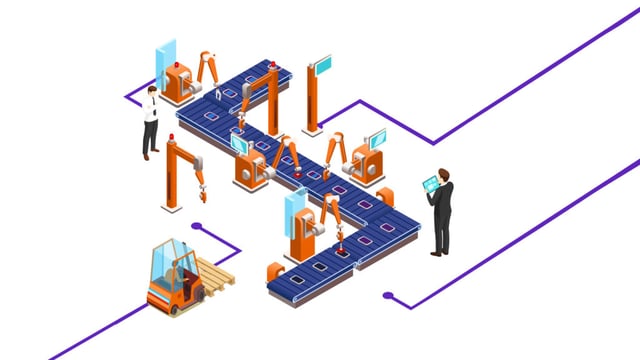Modern software development cannot be carried out without integrated tools and proven DevOps methodologies. Properly planned and implemented software production automation is key to being able to meet today’s market demands in terms of quality, development speed, and overall cost efficiency.
However, many organizations only have limited awareness of how to build, maintain, and support automated software assembly lines. Some companies assume that their current development systems are ok, even though they have been designed and built ad hoc with no one taking overall responsibility for developing the system further.
In-house – or outsourced?
Sometimes the assembly line related decisions are made without carefully considering what to outsource and what to keep in-house. Most organizations should not consider building and maintaining their software development platforms unless in-house maintenance and support capability can deliver clear competitive advantages. Getting an effective platform running – not to mention the continuous commitment required to maintain it – consumes significant internal resources that could be better used elsewhere.
Many organizations try to find their way through the software development tool jungle completely on their own. The range of problems that they face include:
- No coherence or unity in the project tooling. The production lines are project specific, set up when the project begins, and left running as the development project advances from active development to the maintenance phase.
- Hidden maintenance and support costs. Development and maintenance tasks are distributed among the tool users. The actual costs of operating and maintaining the automated production line tooling are unknown.
- The required skills are hard to find. Experts with previous experience in setting up, maintaining, and developing integrated software assembly lines are not readily available.
- Production line development and maintenance is done only when a tool or an integration fails and needs to be fixed. This causes downtime and takes away resources form the actual development work.
- The existing tools are not properly maintained. Tool versions are outdated, and the latest security and performance updates are missing. Gradually, the production line breaks apart.
- There’s no clear toolchain ownership. The platform is everybody’s – and thus nobody's – responsibility. Teams lack a shared understanding of proper processes and procedures.
- No systematic platform development. Adding and removing of tools from the assembly lines is not coordinated. No one is responsible for developing the shared software development resources further.
It’s worthwhile to take the above-mentioned list into consideration when deciding on make or buy decisions. Exploring third-party vendors is a common-sense first step, regardless of the final decision you make. Quite often the best way forward is to enlist a specialized platform expert to help with your assembly line.
Choosing the right partner
Choosing a partner whose core competence is to build and maintain automated software production lines provides a fast track to efficient software product delivery. Done properly, outsourcing will save you time and money as well as reduce stress. Above all, it will enable you to focus on your core agenda.
Platforms should always be designed for their intended purpose – and to be available, up-to-date, and continuously evolving. A managed platform service liberates your teams from all the time-consuming difficulties presented by a platform’s daily operations and by the complexities of continuous platform development.
Published: Nov 20, 2018
Updated: Mar 26, 2024


